
Where have all the compact lenses gone? Modern lenses are much bigger than the older ones. Yes, I guess e. g. a Zeiss Milvus 35mm f/2 is clearly better than a Nikkor 35mm f/2 from the 80s, but it also is much bigger. Volume matters - try to put the Milvus into the pocket of your jacket!
This article is about a Nikkor legend that fits perfectly into your pocket! That is especially true for the last version of this legend:
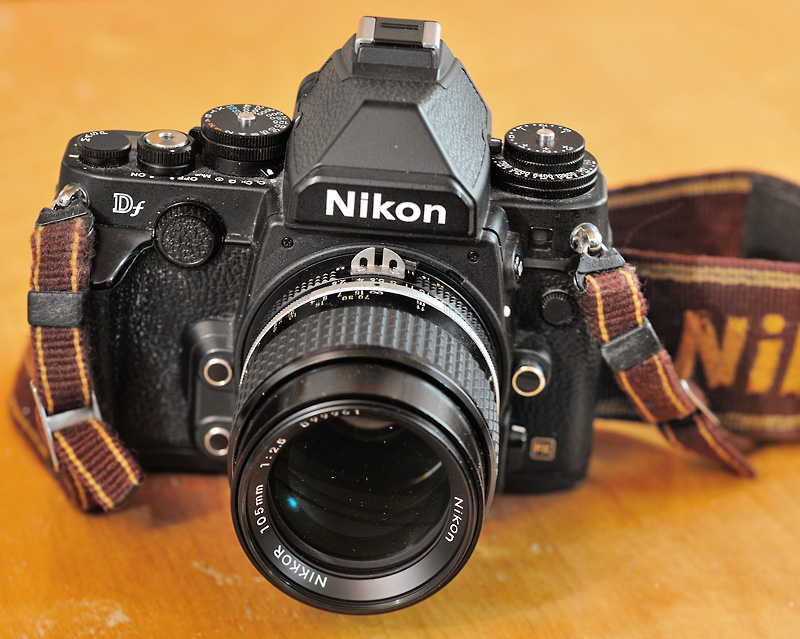
|
|
Nikkor 105mm f/2.5 AI-S on my Df. The production of the AI-S version started in 1981 and ended in 2006. |
In 1998 I tested two samples of the 105 f/2.5: an AI and an AI-S one. I found the handling of the AI-S better, mostly because of the integrated hood. Thus, I sold the AI and started to use the AI-S intensively for capturing portraits of my children.

|
|
Indoor portrait taken in summer 1999. Nikon FM2 plus Nikkor 105mm f/2.5 AI-S wide open on Fuji Superia 400. |
In 1954 the production of the 105 f/2.5 started with a rangefinder version. Five years later Nikon introduced an F-Mount version together with the F. The optical design was of the Sonnar type and consisted of 5 elements in 3 groups. In spring 1971 the only major optical redesign took place: the new design had 5 elements in 4 groups.
Nikon produced about 131,000 F-Mount lenses of the old design. The very early ones of these (around 4,000) have 9 aperture blades. Then Nikon changed to 6 blades. In 1966 (starting with serial number 194094) the 105 f/2.5 got a scalloped aperture ring. This was also the first version that could later be factory-converted to AI. For more detailed information about Nikon lens versions visit the Website of Roland Vink, see my 'links' section!
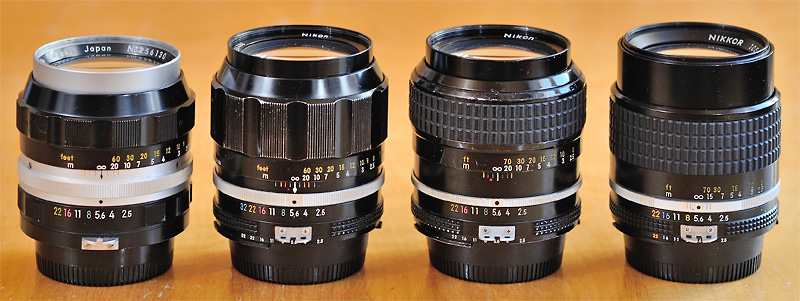
|
|
Four samples of the 105 f/2.5 - from left to right: old optical design, original non-AI mount / new optical design, multicoated, factory AI'd / AI version / AI-S version. |
Between 1971 and 2006 Nikon produced more than 500,000 lenses based on the newer optical design. The first serial no. was 407301. The first version was not multicoated. Important improvements over the years were these:
The smallest aperture of the 105 f/2.5 is 22, except for the pre-AI versions of the newer optical design - here it is 32. Due to diffraction it is not such an important thing in my opinion. But maybe it is relevant to you!
Another subtle difference between the variants of the newer optical design concerns the aperture blades. All variants have seven aperture blades. But there is one difference I didn't know about before - Nikon photographer Peter from Antwerp pointed this out to me. The AI-S version has straight blades, while the blades of the older variants are somewhat rounded. Look here:
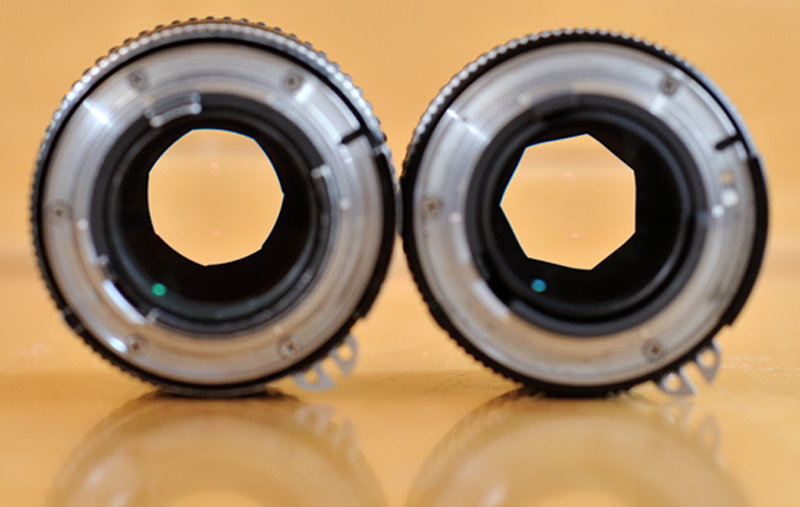
|
|
The AI and AI-S versions of the 105mm f/2.5 at F4. BTW: there is no difference between the AI version and the "Nikkor-P C". |
Peter says the bokeh of the older versions is more pleasing due to the rounder opening. I have also found a corresponding statement from Björn Rörslett on the Internet. I will come back to this later.
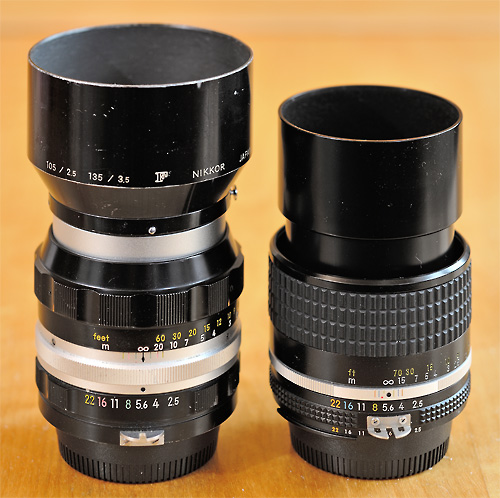
|
|
Only the AI-S version has a built-in telescoping hood.
|
For many years the HS-4 was the recommended hood for the 105 f/2.5 (see image to the right). In 1977 it was replaced by the HS-8 with an improved mechanism. Additionally, a screw-in version called HN-8 became available.
The built-in hood of the AI-S version shown here works fine! However, twenty years ago I owned a heavily used version of the AI-S lens. The hood was wobbly on this sample and therefore often unnoticably crooked. Of course, if you do not like the built-in hood of the AI-S version, you can also use the HS-8 or HN-8 on it.
Despite the built-in hood, the AI-S version is more compact than its predecessors.
From a practical point of view I overall recommend the AI-S version!
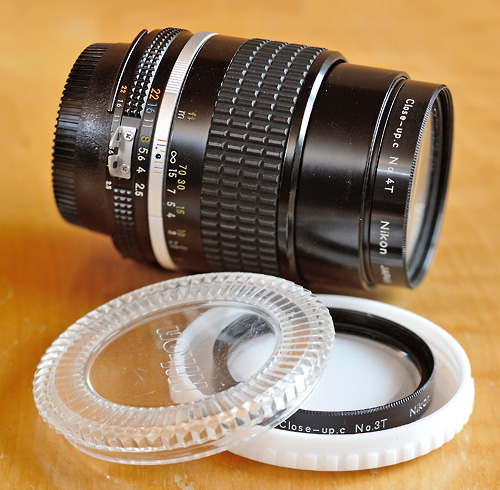
|
|
The 3T and 4T close-up lenses consist of two lens elements.
|
In conjunction with a Nikon 3T or 4T high quality close-up lens the 105 f/2.5 delivers stunning results! Under "sample images" below you can find an image that was shot with the 4T at a magnification of about 1:2.8.
These are the magnification ranges of the two close-up lenses mounted on the 105 f/2.5:
You can also use tubes for getting closer, for example the Nikon PN-11 (designed for the 105mm Micro-Nikkor) with magnifications around 1:2. But for this lens, a close-up lens is the better choice in my opinion.
Of course, Nikon has produced a couple of alternatives to the 105 f/2.5. Here are four of them:
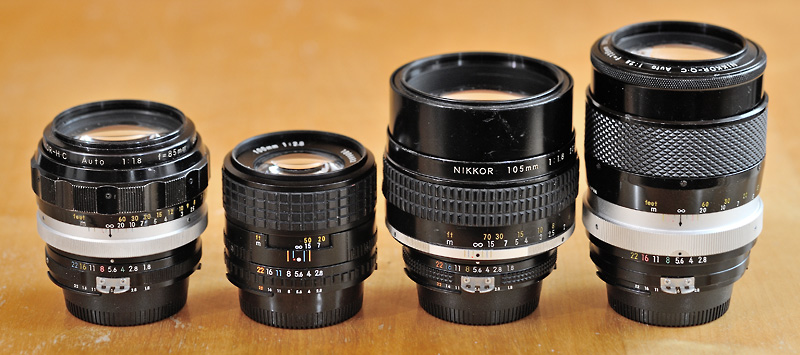
|
|
Alternatives to the 105 f/2.5 - from left to right: Nikkor-H C 85mm f/1.8 - Nikon Series E 100mm f/2.8 - Nikkor 105mm f/1.8 - Nikkor-Q C 135mm f/2.8. |
The 85 f/1.8 is another Nikkor legend, although it was in production for only 13 years (1964-1977). It consists of 6 lenses in 4 groups. In 1972 Nikon introduced a multicoated version (shown above) and in 1975 the 85 got a rubberised focus ring and the closest focus was reduced from 1m down to 0.85m. There has never been an AI version of the 85 f/1.8, but a lot of these lenses has been converted to AI. The predecessor - introduced in 1977 - was the 85mm f/2. It is much more compact than the f/1.8. It is a very good lens, but it has not yet become legendary...
In 1979, together with the EM, Nikon introduced a series of cheap lenses and named them "Series E". The 100mm f/2.8 is one of these. The first version of many Series E lenses was completely black (like the one shown above), later they got a silver ring to make them look like a Nikkor. The mechanics of many Series E lenses are not as good as in a Nikkor. This 100mm lens with 4 lenses in 4 groups is super compact and a real lightweight (~220g)!
The 105mm f/1.8 was introduced in 1981. The filter diameter is 62mm and the lens weighs nearly 600g (both caps included). It has a built-in hood. Even wide open the lens is sharp all over, but spherical abberations limit the image quality. Stop down one stop and everything is fine.
The older versions of the Nikkor 135 f/2.8 are beautifully crafted! The hood is built-in and can be fixed by screwing in both collapsed and extended position. These lenses are relatively heavy, the one shown above weighs around 635g including both caps. The newer versions (starting in 1975) are more compact and more lightweight, but in my opinion they perform slightly worse in the analogue world. On a DSLR I have not tried a newer 135 f/2.8 yet.
My three samples of the 105 f/2.5 with the newer optical design are very close in perfomance. At larger apertures the AI-S version is a bit more contrasty than its older siblings. Maybe, Nikon has improved some details in the AI-S version. Another explanation can be sample variation. The older design is also good, but cleary softer than the newer one!
I made some test shots of my tape recorder from a distance of two meters. I put the Df on a heavy tripod and focussed on the lower right corner of the AKAI. For precise focussing I used live view via Camera Control Pro on my Notebook.
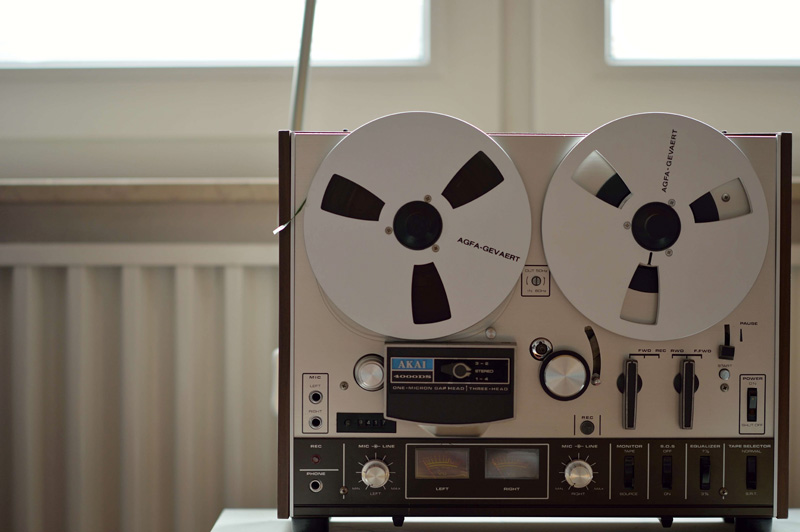
|
|
My AKAI 4000DS tape recorder was built in 1970, was never repaired and still works! |
I made shots at F2.5, F2.8 and F4. The 100% crops at F2.8 are representative:
|
Nikkor 105mm f/2.5 AI-S - Nikkor 105mm f/2.5 AI - Nikkor-P 105mm f/2.5 (old design) |
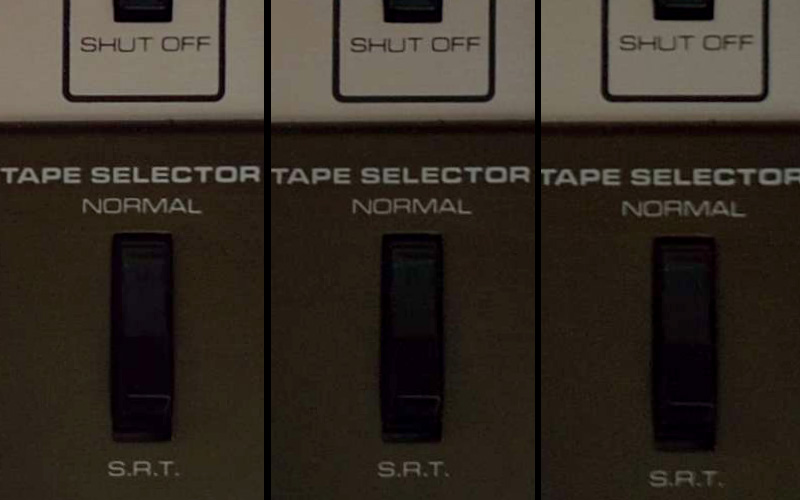
|
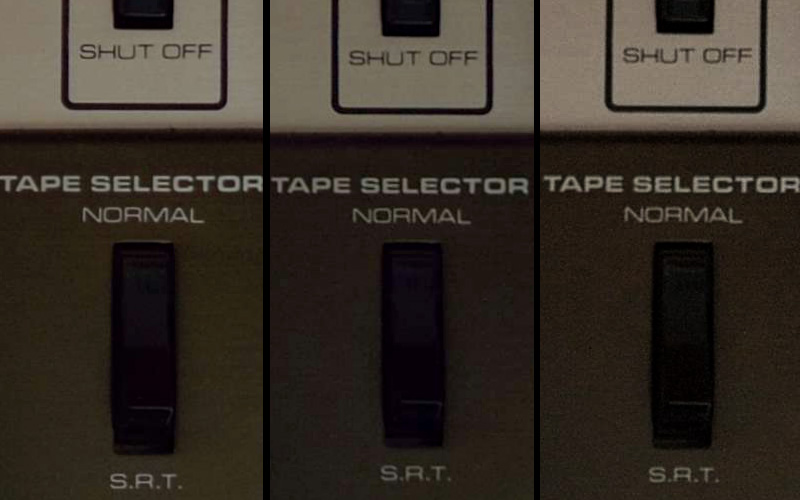
|
|
Nikkor 105mm f/1.8 - Nikon Series E 100mm f/2.8 - AF-S Micro-Nikkor 105mm f/2.8 VR |
In my opinion the 105 f/2.5 AI-S and the 105 f/1.8 are the best here. The older 105 f/2.5 is the worst. It also has a slight problem with field curvature - the other five are perfect in this respect.
Next I made bokeh testshots from a distance of 1.5m. Here is the scenery:
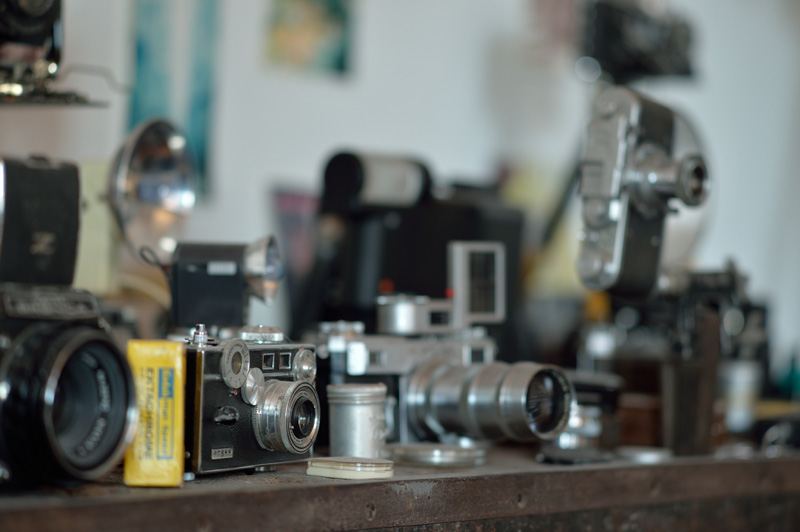
|
|
Some older rangefinder cameras: focus is set on the Argus C3 you might know from the "Harry Potter and the Chamber of Secrets" movie. Next in the row is the KIEV 4A (Contax made in the USSR) and the Zorki (Soviet Leica copy). |
Let's have a closer look on the Zorki at 50% and F2.8:
|
Nikkor 105mm f/2.5 AI-S - Nikkor 105mm f/2.5 AI - Nikkor-P 105mm f/2.5 (old design) |
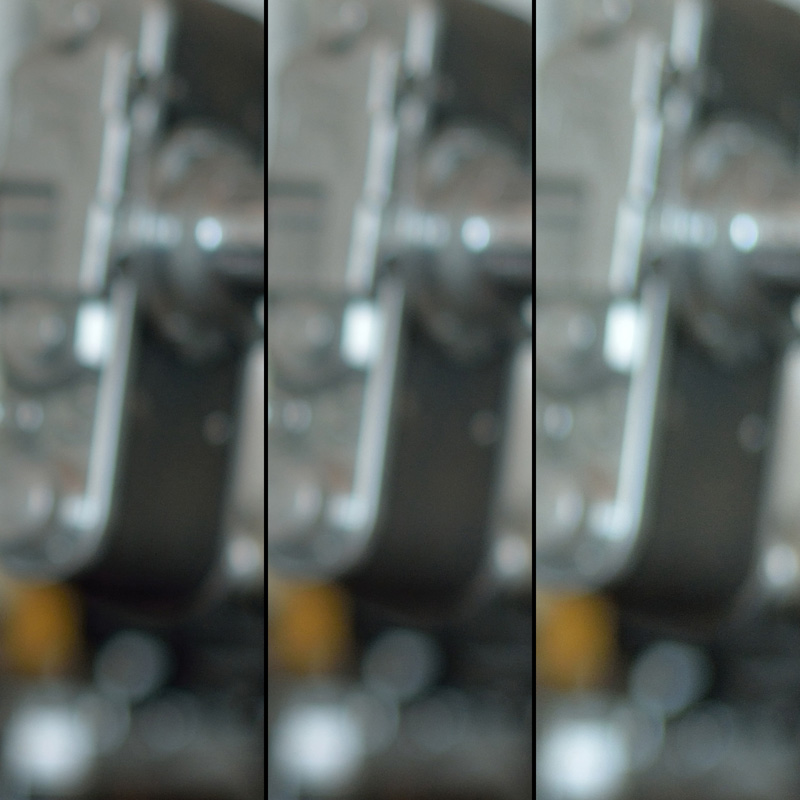
|
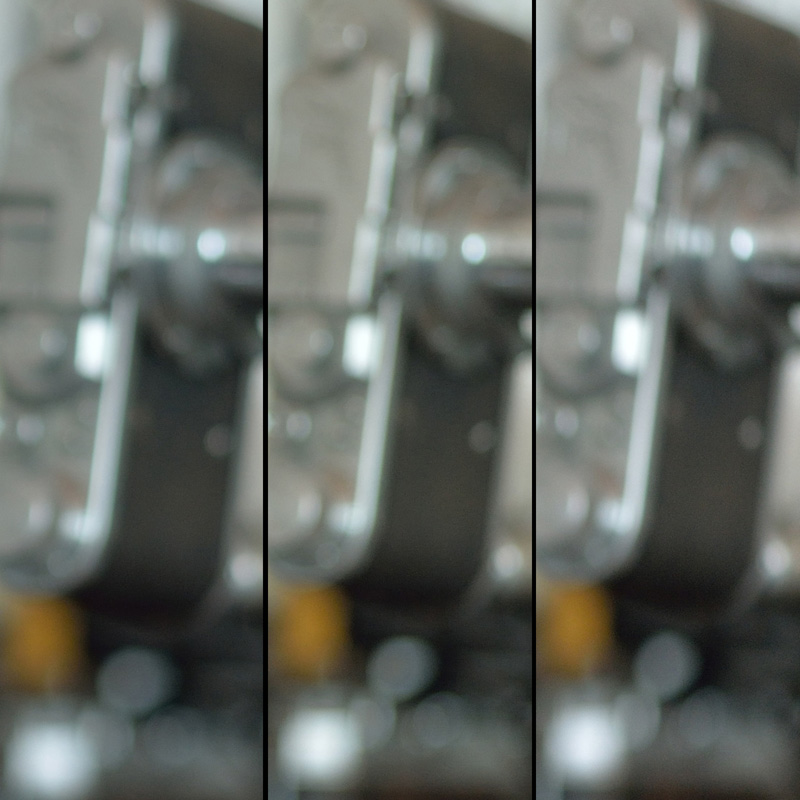
|
|
Nikkor 105mm f/1.8 - Nikon Series E 100mm f/2.8 - AF-S Micro-Nikkor 105mm f/2.8 VR |
I don't see a real difference between the AI and the AI-S version of the 105 f/2.5 here. In my opinion these two lenses produce the nicest bokeh. The old 105 f/2.5 and the 105 f/1.8 follow close behind. The modern 105mm Micro-Nikkor ist the worst for me. But overall the differences are not really huge!
Now let's have a look at F4:
|
Nikkor 105mm f/2.5 AI-S - Nikkor 105mm f/2.5 AI - Nikkor-P 105mm f/2.5 (old design) |
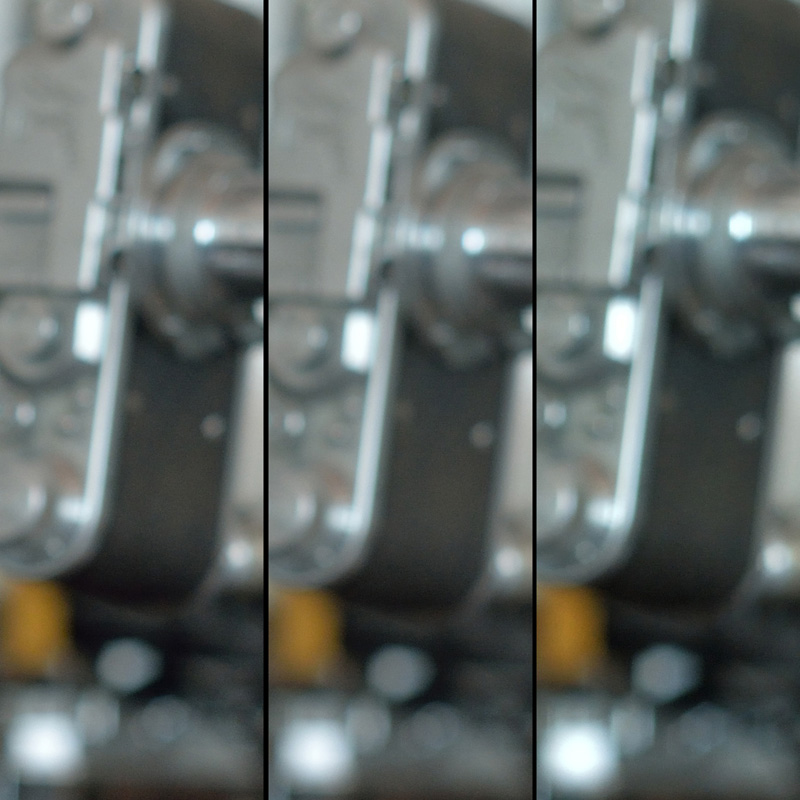
|
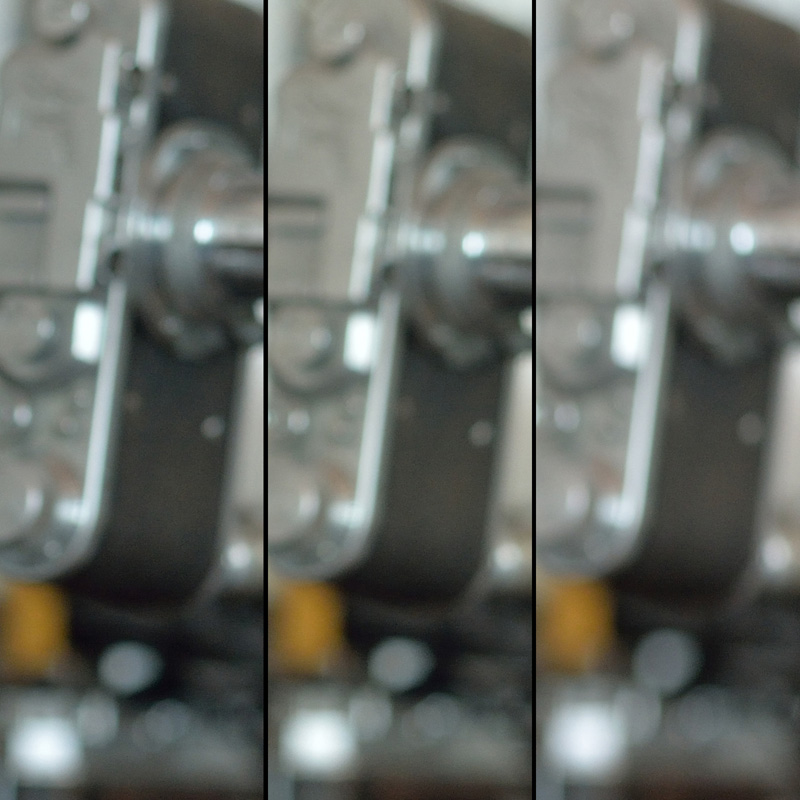
|
|
Nikkor 105mm f/1.8 - Nikon Series E 100mm f/2.8 - AF-S Micro-Nikkor 105mm f/2.8 VR |
In my eyes the bokeh of the six lenses looks very similar to each other. Differences can be seen in bright spots, especially on the lens of the Zorki. The 105 f/2.5 AI (7 curved blades) and the 105 f/1.8 (9 straight blades) look nearly circular which is fine. Close behind the two lenses with seven straight blades: 105 f/2.5 AI-S and Series E 100mm f/2.8. Again close behind the old 105 f/2.5 with its six straight blades. Please keep in mind: this is about personal preferences. In the 60s, hexagons in blur were very popular! The worst is the modern 105mm Micro-Nikkor. It turns bright points into easter eggs, which does not look really nice.
At last I'd like to give you a bokeh impression of the 105 f/1.8 at F1.8:
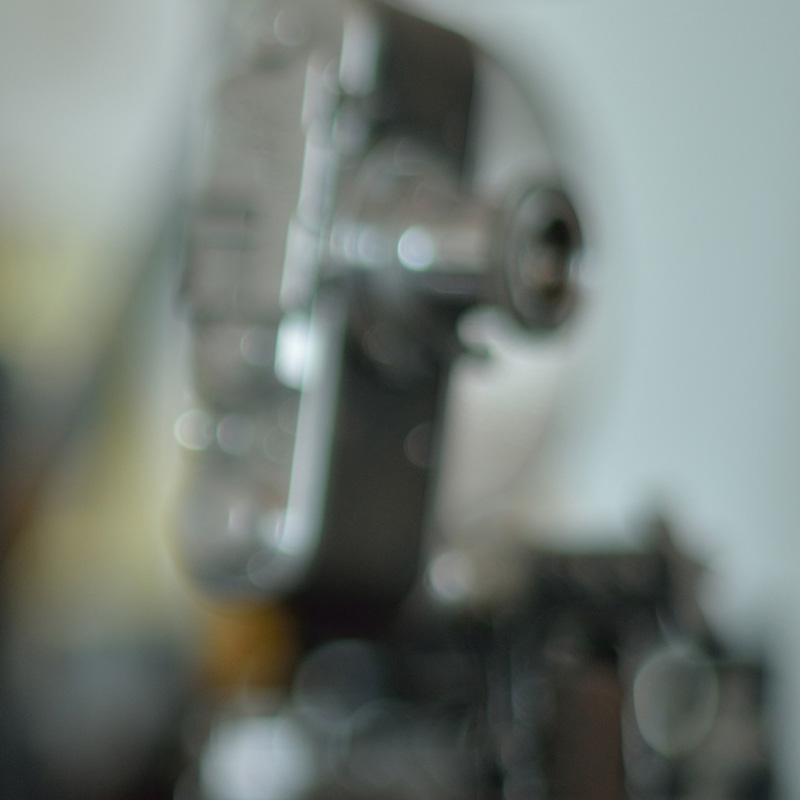
|
|
Wide open the 105 f/1.8 produces a very busy bokeh. |
Go for the 105 f/2.5 AI-S! It is a stunning performer, even by today's standards! Moreover it is very compact!
If you are on a budget - money or weight - think about the series E 100mm f/2.8 lens. It is nearly as good as the 105 f/2.5, but it is half the price and half the weight! But do not expect the mechanical quality of a Nikkor!
If you often use the range between F3.1 and F5.6 and bokeh details are very important for your work, you should consider a multicoated version of the 105 f/2.5 before AI-S.
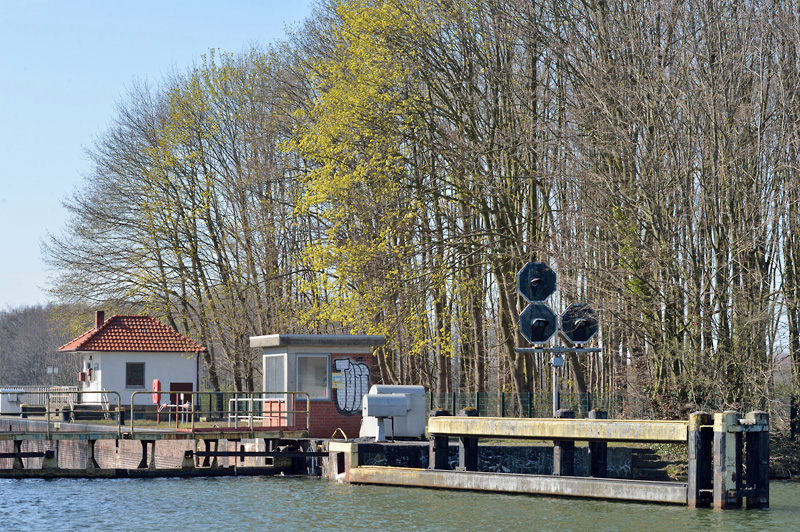
|
|
Dead lock. A larger lock is located nearby. Shot at F11. |
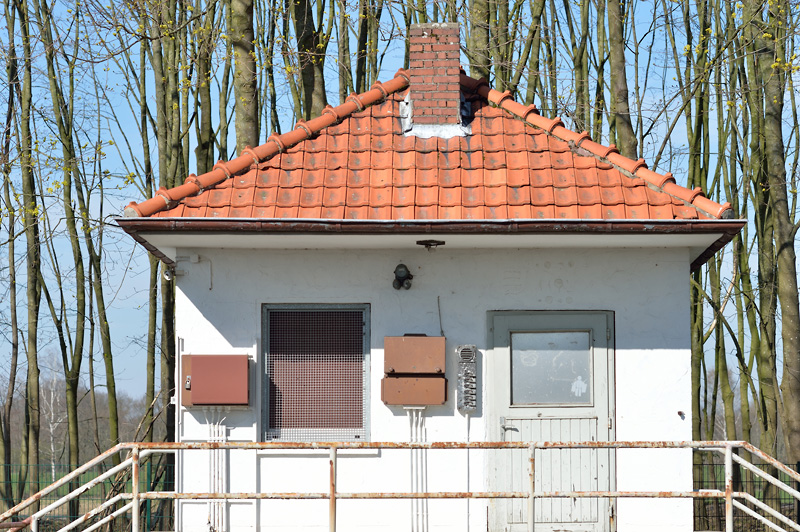
|
|
Former lock control room, F5.6. |
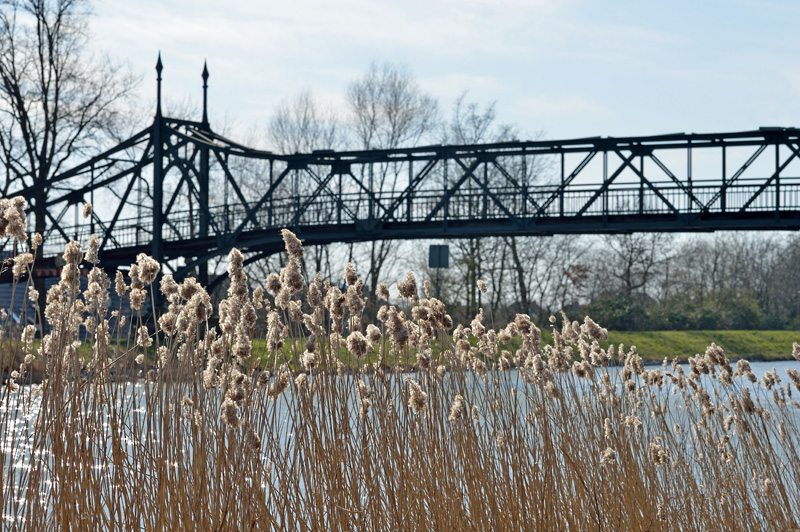
|
|
Pedestrian bridge over the Dortmund-Ems canal, built in 1914. Captured at F8. |
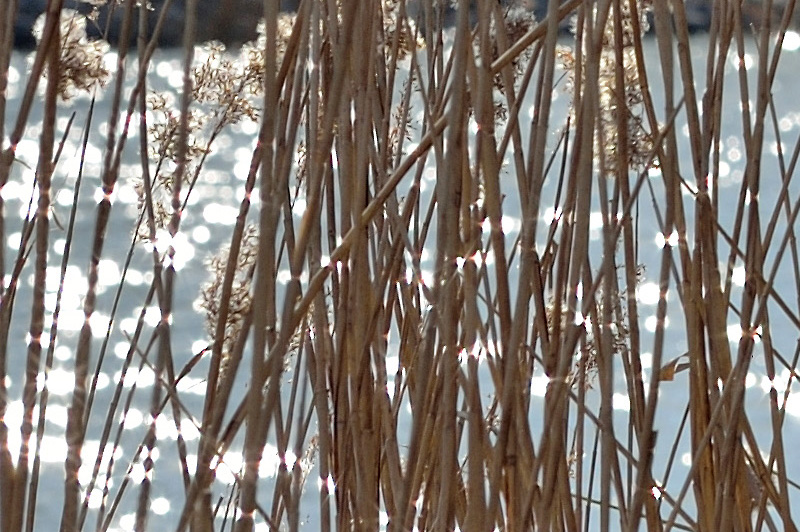
|
|
100% crop from the image above. No problem with bright light sources! |
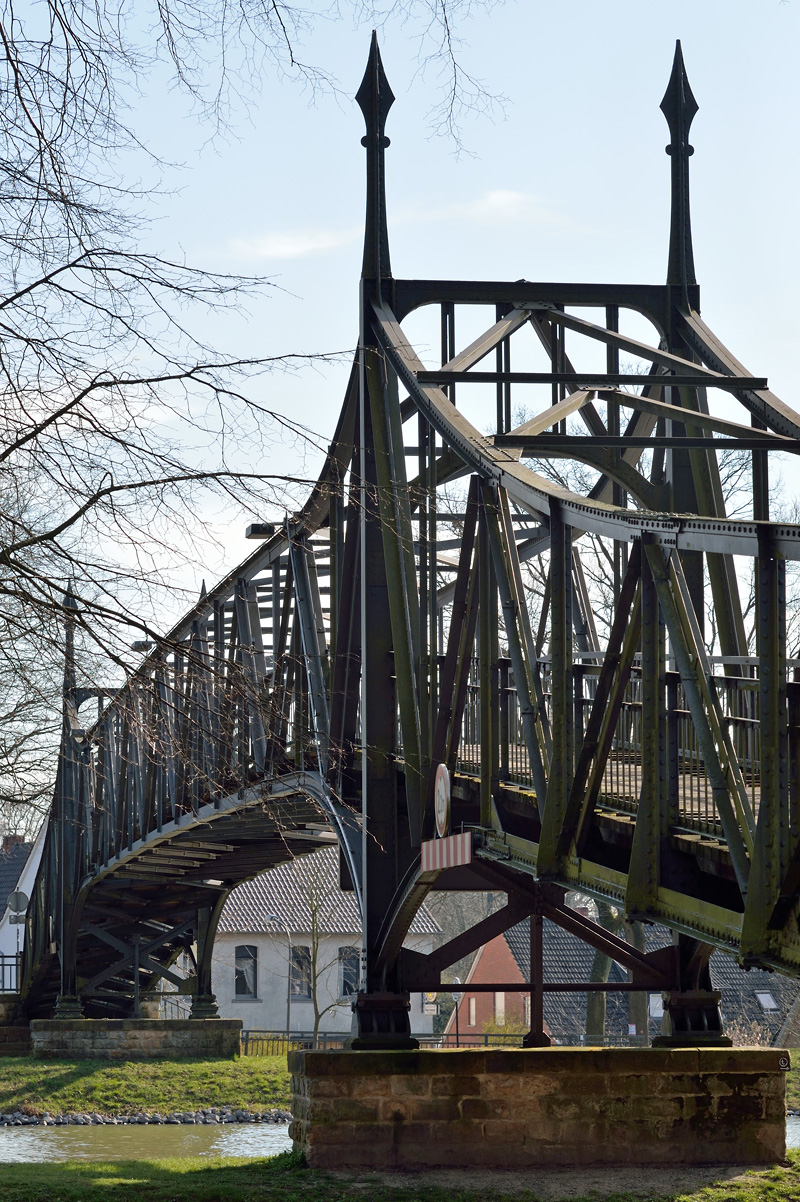
|
|
Because the canal is to be widened, it is planned to raise the bridge by about 5m in the next few years. I shot this image at F11. |
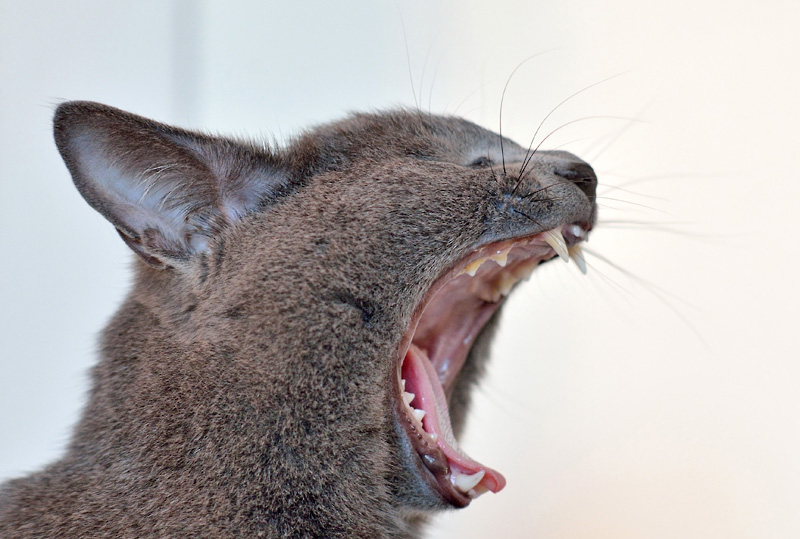
|
|
Photographic dental check at F4 ;) |
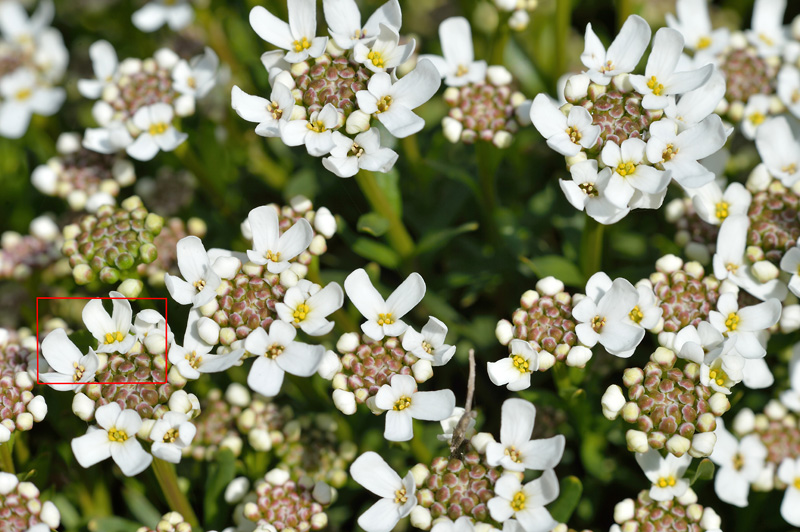
|
|
The first tender blossoms of spring in my garden. Shot at F11 in combination with a Nikon 4T close-up lens at about 1:2.8 magnification. |
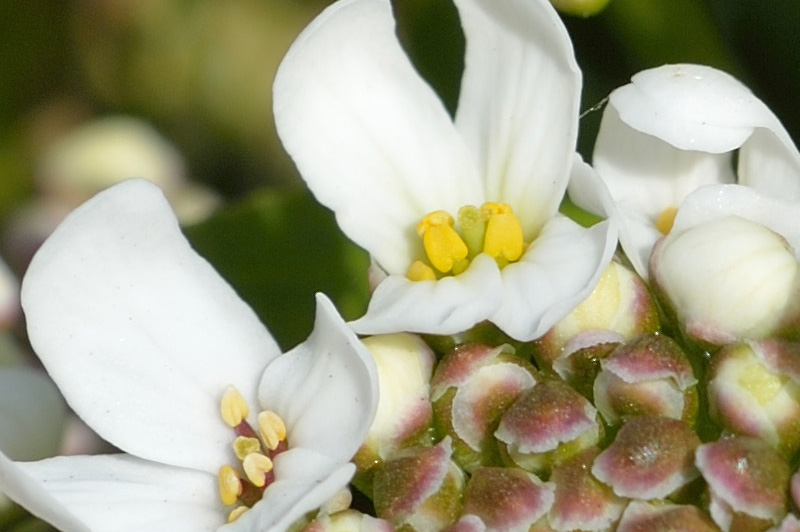
|
|
100% crop from the image above. The original size of this crop is 1.64cm by 1.09cm. |